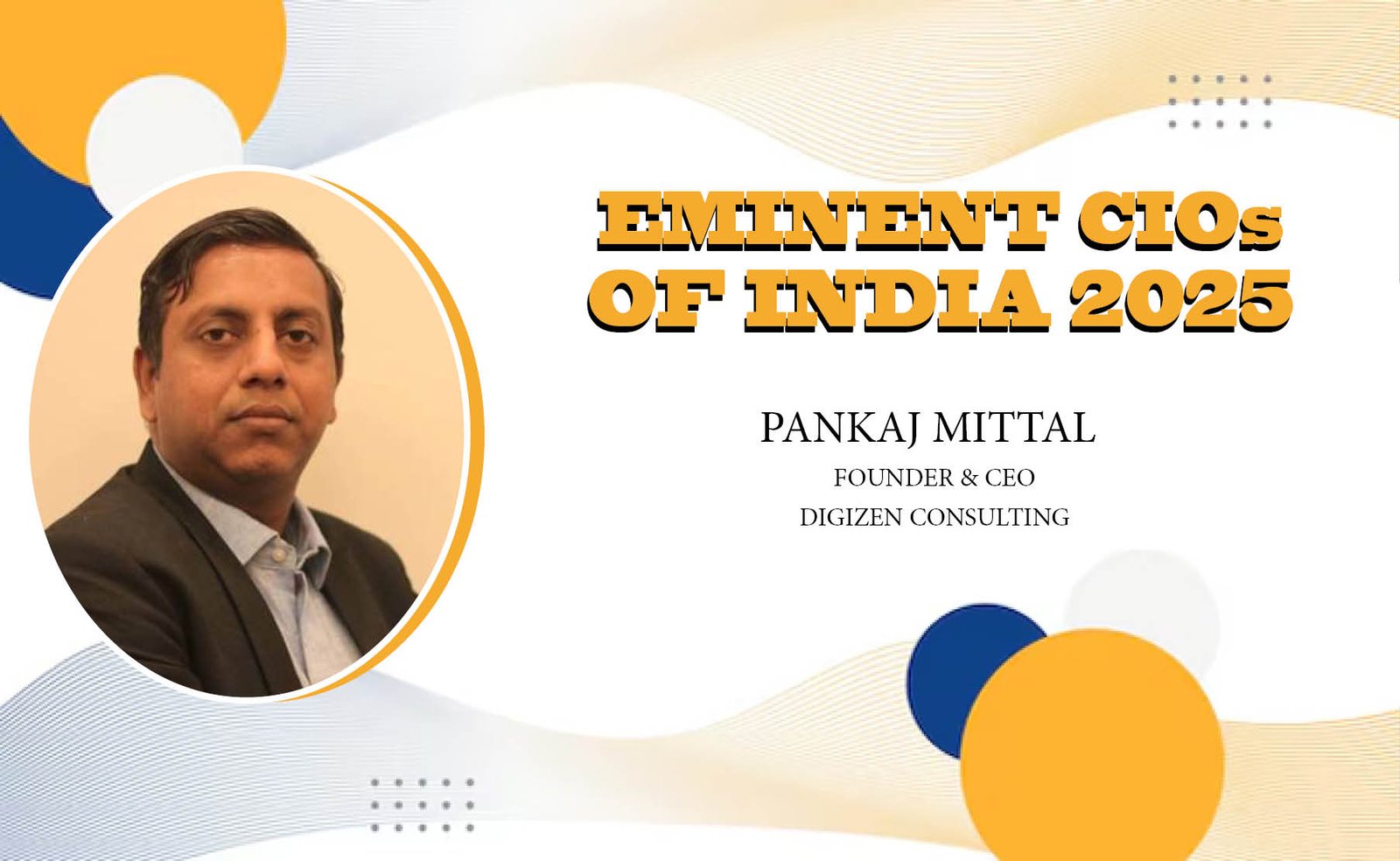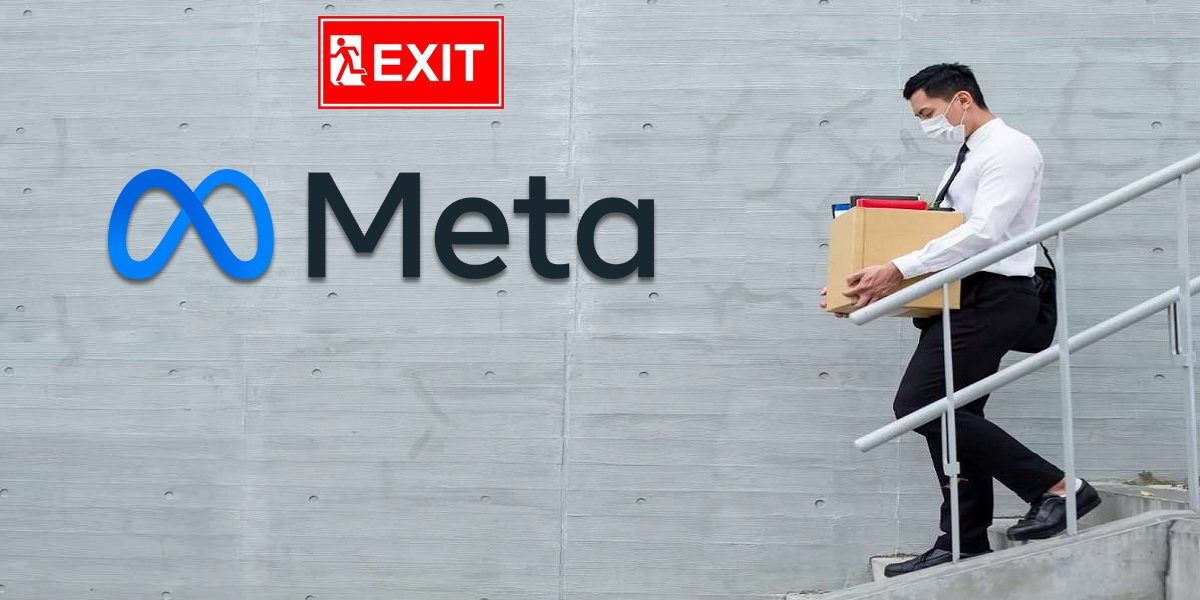Pankaj Mittal, Founder & CEO, Digizen Consulting
Trends Redefining IT in 2025
In 2025, several transformative trends are shaping the future of IT. AI and machine learning will dominate, with generative AI enhancing content creation and AI-powered assistants streamlining software development. There’s also a push for Explainable AI (XAI) to ensure ethical and transparent AI decisions. Quantum computing breakthroughs promise major advancements in cryptography and drug discovery, driven by investments from giants like IBM and Google.
Edge computing combined with the expansion of 5G and emerging 6G networks is enabling real-time, low-latency applications, particularly in IoT and smart cities. Cybersecurity will take center stage with Zero Trust Architecture, AI-driven threat detection, and the rise of post-quantum cryptography. Cloud computing is evolving with multi-cloud, hybrid cloud, and serverless architectures, while blockchain finds new relevance beyond crypto, powering decentralized identity and transparent supply chains. Sustainability in tech is also key—green IT, carbon tracking, and efficient data centers are rising. Additional innovations in extended reality (XR), robotics, and ethical AI governance continue to redefine enterprise priorities.
The Expanding Role of CIOs, CTOs, CISOs, and DPOs
The CIO is now a strategic business leader, steering digital transformation, aligning IT with business goals, and optimizing cloud, AI, and cybersecurity strategies. They also champion green computing and enterprise-wide collaboration. CTOs are focused on emerging tech integration, leading innovation around AI, quantum computing, and blockchain, and shaping new tech-driven business models.
CISOs are embedding Zero Trust frameworks, using AI for cyber resilience, and ensuring compliance with evolving regulations. They now oversee end-to-end supply chain security. Meanwhile, DPOs focus on AI ethics, privacy-by-design, and data sovereignty amidst tightening global data protection laws. Across all roles, AI and regulatory complexity are common priorities, along with a growing emphasis on sustainability and talent upskilling.
Building a Security-First Culture and Intelligent IT
Organizations are prioritizing security-first cultures with leadership commitment, frequent employee training, and role-specific cyber hygiene protocols. Simulated phishing, strong authentication, and least-privilege access are standard. Security is now embedded in daily operations and reinforced via gamification, departmental security champions, and automated tech like AI-based SIEM, SOAR, and ZTNA.
AI and automation are also being deeply integrated into DevSecOps, endpoint and cloud security, and data privacy. Enterprises are leveraging self-healing systems, real-time behavioral analytics, and AI-powered threat intelligence to enhance resilience in an increasingly complex threat landscape.






